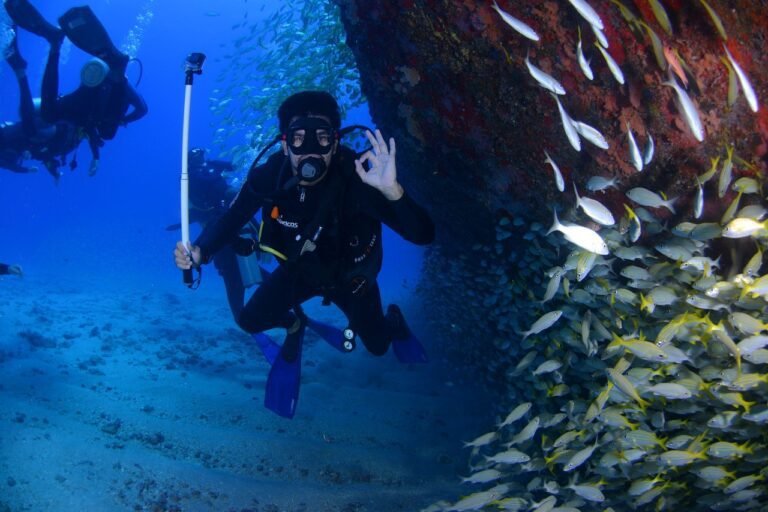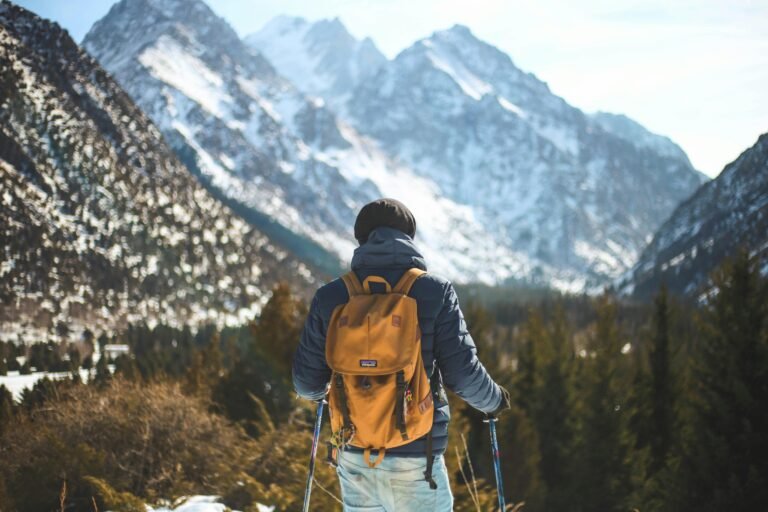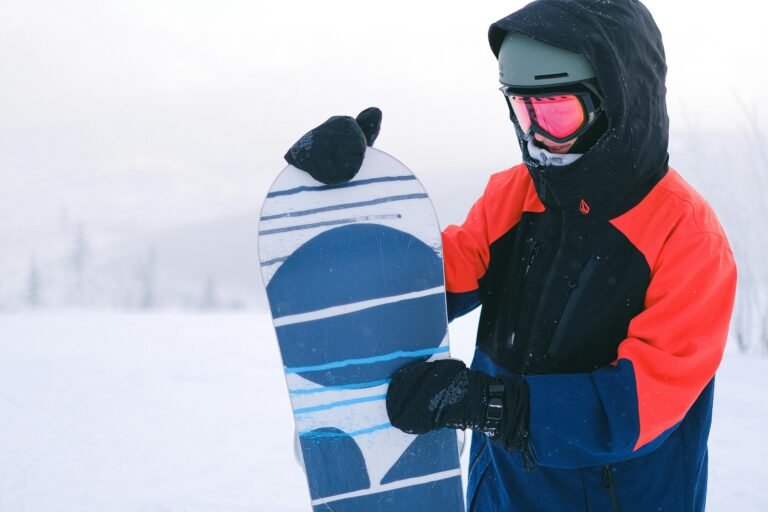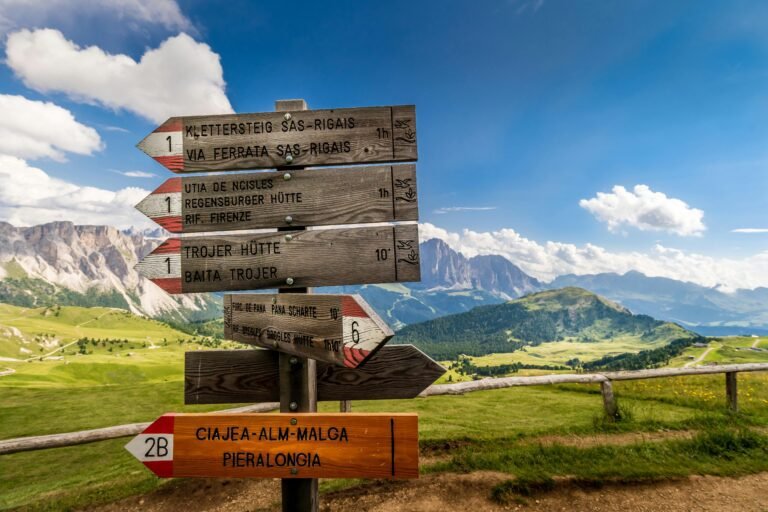Snowboarding vs Skiing for Beginners
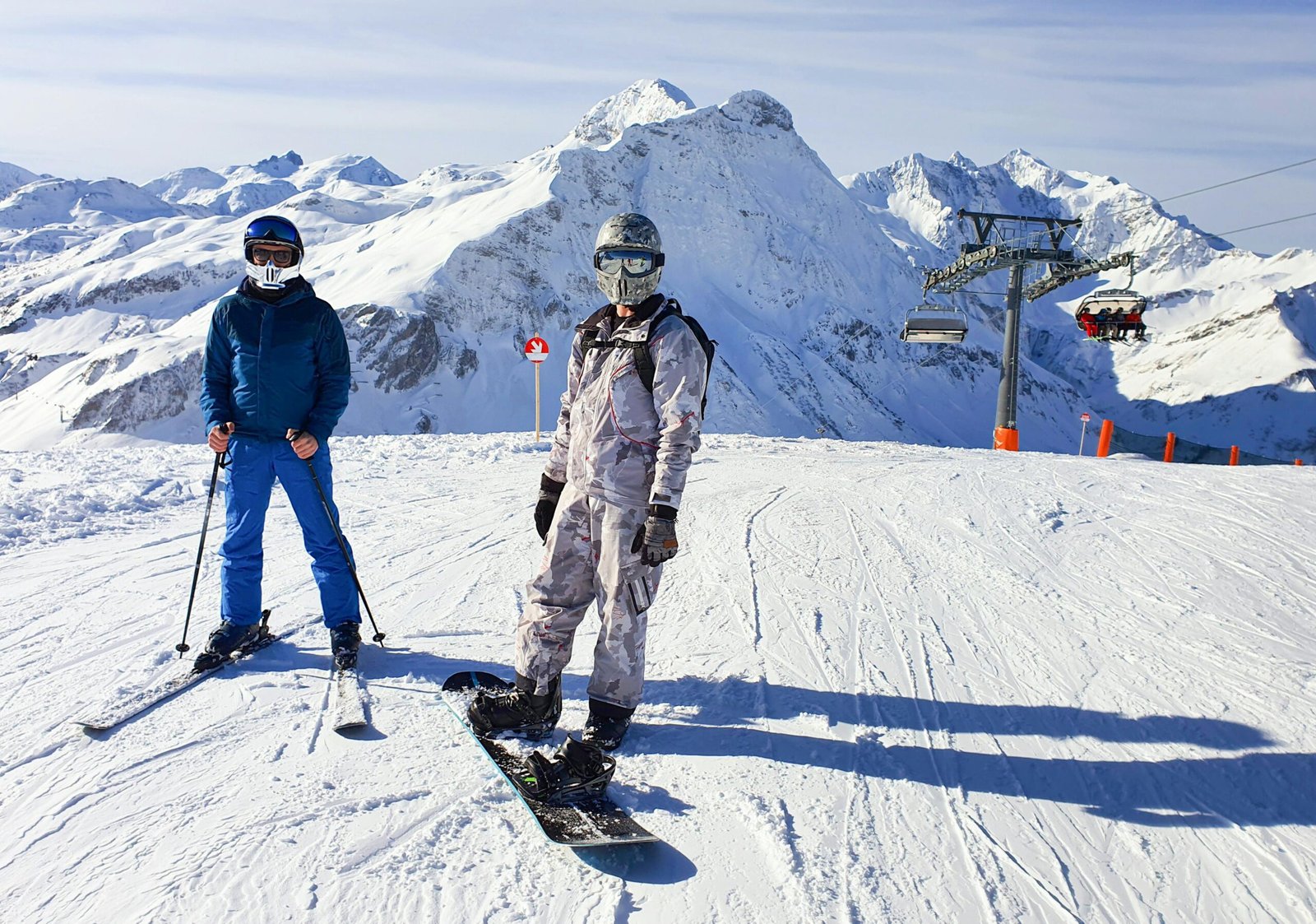
If you’re gearing up for your first day on the slopes but can’t decide between snowboarding and skiing, you’re not alone.
Picking the right sport for your debut can make a huge difference in how much you enjoy the experience.
In this guide, we’ll dive into the pros, cons, and learning curves of both snowboarding and skiing so you can make the best choice for your snow-filled adventure.
Understanding the Basics of Snowboarding and Skiing
Overview of Snowboarding
Snowboarding is all about strapping both feet onto a single board and gliding down the mountain.
Unlike skiing, where your feet are free to move independently, snowboarding requires a sideways stance, with movement controlled by shifting your weight on the board’s edges.
Here’s a quick breakdown of the essential snowboarding gear:
The snowboard
- Snowboards come in various styles and sizes to suit your height, weight, and riding goals.
- Not sure where to start? Check out Top Snowboards for Beginners: Find Your Perfect Ride to help you choose.
Bindings
- These connect your boots to the board and can be adjusted for comfort and stance.
Boots
- Flexible snowboard boots allow for easier movement.
- For recommendations, visit Best All Mountain Snowboard Boots: Top Picks for Every Rider.
Safety gear
- A helmet is a must, and wrist guards are smart for beginners since falls onto your hands are common.
Snowboarding is often seen as the cooler, freestyle option, with plenty of opportunities to learn tricks and tackle park features.
If carving smooth turns or pulling off a few jumps sounds like your style, this might be the sport for you.
Overview of Skiing
Skiing is the more traditional snow sport, with one ski strapped to each foot and poles in hand for balance.
Facing forward makes it feel more natural for many beginners, and the use of poles can make navigating flatter terrain easier.
Here’s what you’ll need to start skiing:
Skis
- Choose a pair that matches your height and skill level. Shorter skis are easier for beginners to handle.
Bindings
- These attach your boots to the skis and are designed to release during falls to reduce injury risk.
Poles
- Helpful for balance and assisting with turns on gentler slopes.
Boots
- Rigid ski boots provide firm control but can take some getting used to.
Safety gear
- Helmets are essential, and knee pads can add extra protection.
- For recommendations, check out Best Snowboard and Ski Helmets for Safety and Comfort.
Skiing offers variety, from slow bunny hills to exhilarating high-speed trails.
It’s a great pick if you prefer structure and enjoy covering a lot of ground.
The Learning Curve for Beginners

Snowboarding Learning Curve
Snowboarding can be tough to pick up at first. Balancing on a single board, standing up after falls, and getting used to the sideways stance are all part of the challenge.
Be prepared to spend your first day falling—a lot.
Key skills to focus on include:
Balance
- Getting steady on the board takes practice but improves quickly with time.
Edge control
- Mastering your heel and toe edges is crucial to turning without catching an edge.
Linking turns
- Connecting turns smoothly lets you carve down the mountain with confidence.
Check out our Beginner’s Guide to Snowboarding Techniques: First Moves to Master for tips to get started.
Skiing Learning Curve
For many beginners, skiing feels more natural right away.
Your feet are separate, you’re facing forward, and the basic snowplow technique for stopping and turning is easy to grasp.
Key skills to learn include:
The snowplow
- Pointing your skis inward creates a wedge to help control speed and stop.
Weight distribution
- Shifting weight between skis is key for turning smoothly.
Using poles
- Timing your pole plants can help with balance and stability.
Skiing’s early progress is smooth, but advancing to steeper terrain and technical maneuvers takes consistent practice.
To stay warm and comfortable while you learn, check out Best Thermal Base Layers for Skiing and Snowboarding: Stay Warm on the Slopes.
Safety Considerations: Snowboarding vs. Skiing
Injuries Common in Snowboarding
Beginners in snowboarding often experience wrist injuries from falling forward onto outstretched hands. To avoid this, wrist guards are a small but effective investment.
Other common injuries include:
Shoulder injuries
- Resulting from awkward falls or hard landings.
Tailbone bruises
- Falling backward onto icy terrain can leave you sore.
Wearing helmets, padded shorts, and gloves with wrist support can dramatically reduce your risk of injury.
Learn more about avoiding injuries in Common Skiing and Snowboarding Injuries and How to Avoid Them.
Injuries Common in Skiing
Skiing carries a higher risk of knee injuries, especially to the ACL, due to twisting falls. Bindings that release correctly during a fall are critical for protecting your knees.
Other risks include:
Ankle sprains
- Often caused by poorly fitted boots or awkward movements.
Collisions
- Higher speeds make crashes more likely, especially on crowded slopes.
Stick to appropriate terrain, adjust your bindings, and always wear a helmet to stay safe.
For more tips, check out Weather and Snow Conditions: How They Affect Skiing and Snowboarding.
Which is Easier to Master Over Time?

Snowboarding
Once you get through the early struggles, snowboarding can feel simpler to master.
The mechanics of turning and balancing on a single board make progression smoother for intermediate and advanced riders.
Snowboarding also feels more natural on powder or uneven terrain, and its freestyle elements open up endless opportunities for creativity.
For extreme conditions, check out Top Insulated Snowboard Jackets for Extreme Cold Weather to gear up right.
Skiing
Skiing’s progression is steadier but rewarding. While beginners find it intuitive, learning advanced techniques like parallel turns or mogul skiing takes dedication.
Skiing is versatile, offering smooth rides on groomed runs or thrilling adventures on steep, technical terrain.
For optimal visibility on the slopes, consider Best Ski Goggles for Beginners: Find Your Perfect Fit for the Slopes.
Fun Factor: Which One Is More Enjoyable for Beginners?
The Thrill of Snowboarding
Snowboarding is all about freedom and creativity.
Carving turns, experimenting with small jumps, and feeling the surf-like glide of the board make it an exciting choice for many beginners.
The Joy of Skiing
Skiing offers a smooth, effortless glide that’s incredibly satisfying for first-timers.
The variety of slopes and the ability to explore vast areas make it an ideal choice for those who want to cover ground quickly and efficiently.
Conclusion
When deciding between snowboarding and skiing as a beginner, it really depends on what feels right to you.
Personally, I’ve always preferred snowboarding.
The learning curve was steep at first—I won’t lie, the first couple of days were mostly spent on my backside.
But once I got the basics down, progress came fast, and there’s nothing quite like the freedom and creativity of carving through fresh powder or hitting small freestyle jumps.
Skiing, on the other hand, tends to be a bit easier to start with.
If you’re drawn to technical precision or want to explore a variety of terrains right away, skiing might be a better fit.
No matter which path you take, focus on having fun, staying safe, and embracing the adventure.
The mountains are waiting, so strap in or clip on and make the most of it.

